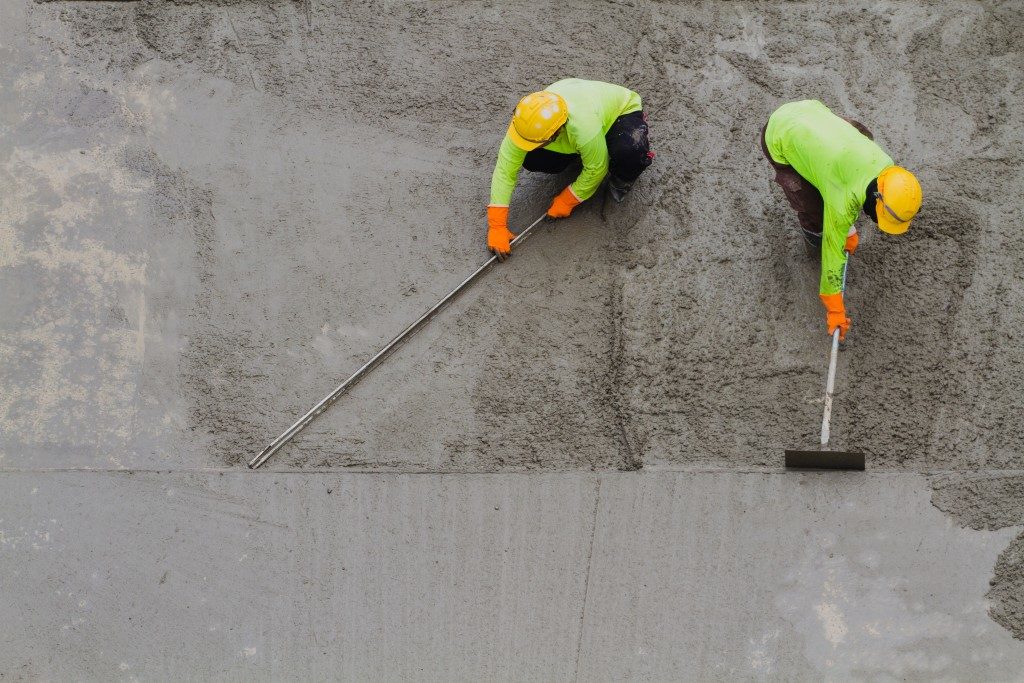In any construction site, the probability of an accident is always high. Employees and labourers are not the only ones who are exposed to the dangers of the construction workplace, but also the people and properties surrounding the area, especially in huge projects. But with so many hazards, which one should employers prioritise to address? Here are some of them.
Heights
Demolition works, infrastructure projects and building construction usually involve tradesmen working at steep heights. In Australia, 11% of work-related deaths result from falling from a height, with construction being the industry with the highest rate of serious claims. Key factors that contribute to the prevalence of falls include unstable surfaces, disregarding safety standards and procedures, failure to use safety equipment appropriately or correctly, and human error. Aside from providing sufficient safety equipment, employers also typically provide safety awareness trainings to those who work at heights.
Noise
Although it does not typically cause emergencies and is not as shocking as falling from a height, noise is considered as a major “silent” hazard in the construction industry. Excessive and repetitive noise leads to long-term hearing problems that may lead to permanent and irreversible hearing loss. It can also cause dangerous diversions that may result in other accidents.
Merely wearing earplugs is not enough protection against hearing damage, as the noise in a construction site is more intense and prolonged. Companies must adhere to noise regulations that include documenting and implementing risk assessments and issuing proper protective equipment.
Handling
Heavy equipment and materials are regularly moved around in a construction site. Whether it is handled manually or mechanically, there is always some degree of risk involved.
There are several factors that affect handling hazards, which weight, ease, postures, and time and distance. The heavier the load, the higher an employee risks overexertion. Manual carriers are at heightened risk of musculoskeletal disorders depending on whether the contents of the loads are easier to move, can be held close to the body, or has handles. Awkward postures, such as kneeling, bending, stooping and twisting also increase the risk. If the loads need to be carried for a long time or over a vast distance, the danger to the carrier’s body increases as well.
For manual or mechanical handling, employers have to provide sufficient training, administer competency tests, and comply with licensed handling and operating standards.

Heat
Heat-related injuries and illnesses, such as heat exhaustion and heat stroke can be fatal in a construction workplace. Fortunately, it may also be the most preventable construction hazards.
Employers can tune in to weather forecasts that include temperature and humidity predictions, and adjust working conditions accordingly. For example, they may implement more breaks and make sure that labourers stay hydrated during a high-temperature day.
Avoid accidents by disseminating the safety policy
Construction workers can avoid workplace accidents better if they are constantly reminded of safety policies. Employers may display important reminders and conduct weekly information programs for their employees. Outsiders can be simply notified of the site’s hazards with signage that can be printed out by the company or bought from online construction products shops. Most of all, they should invest in proper safety equipment and routine maintenance of tools and equipment.
A construction site is far from being the safest workplace. Although risks will always be present, accidents can be minimised and lives can be saved by prioritising people’s safety in any project.

